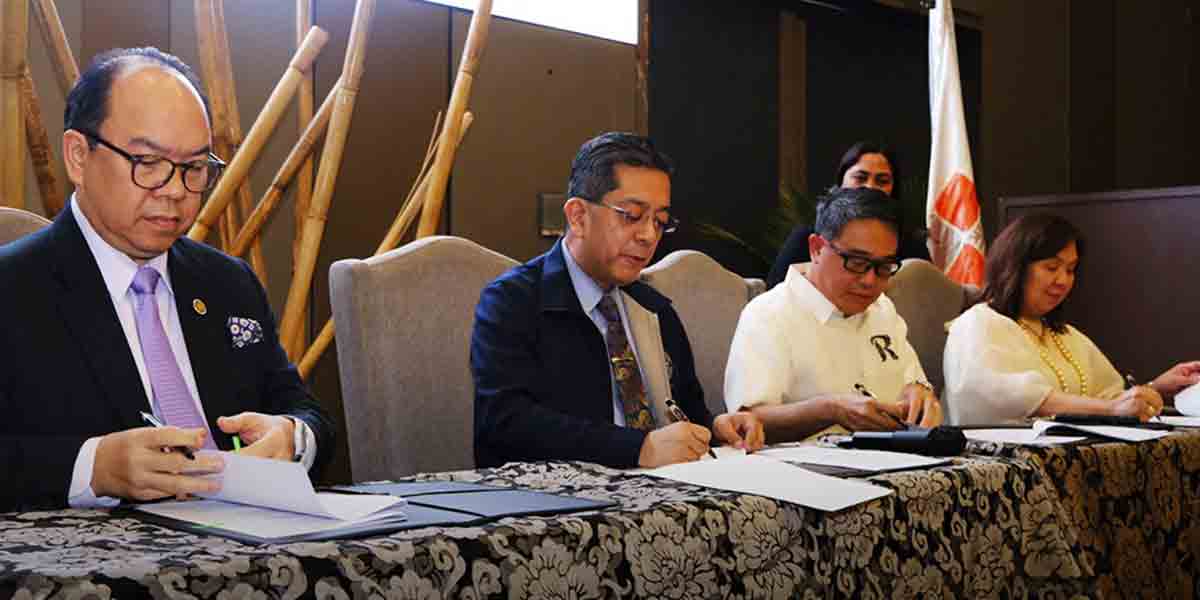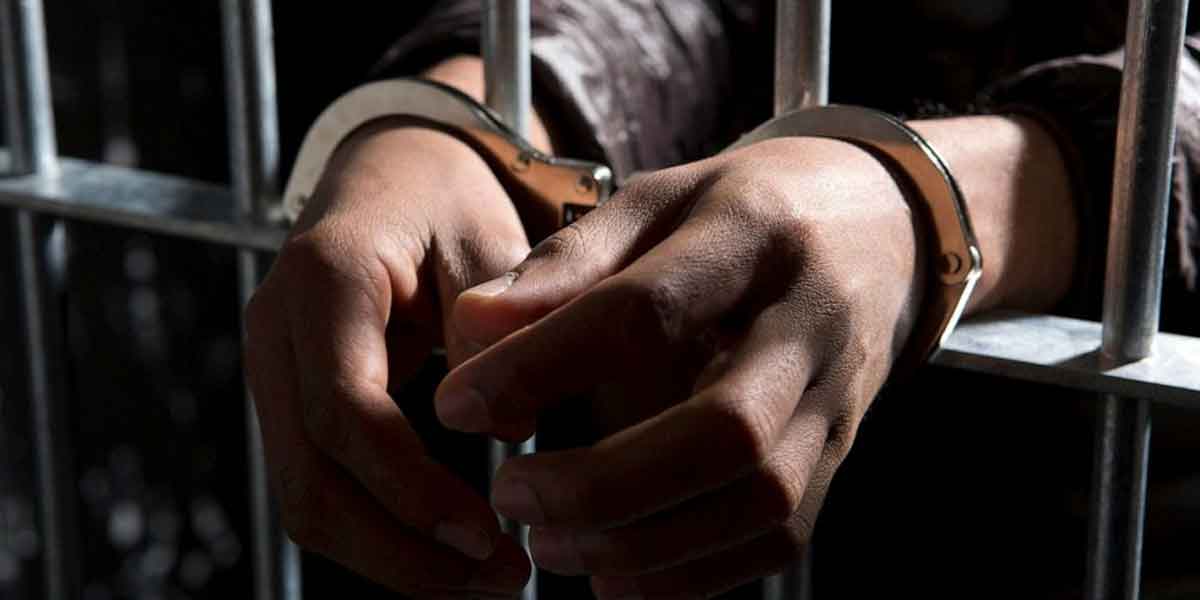By James Jimenez
In the run-up to the Presidential elections of 2016, the Education and Information Department of the Commission on Elections devoted a considerable chunk of its resources to monitoring the internet and social media for fake news, and nipping it in the bud. When we were lucky, we were able to put up a post or video debunking the bogus news before it could rack up more than tens of thousands of views, likes, and reposts. On a bad day … well. Even if fake news is eventually exposed, the damage is already done. False impressions and narratives take root quickly, and the retraction rarely garners the same attention, leaving lingering doubts and misinformation.
But that was then. Back then, the cutting edge of fake news was a photoshopped news article or a tampered COMELEC resolution, or grainy video with an appropriately ominous voice-over telling you what you were supposed to be looking at. And yet even with that rudimentary level of deception, hundreds of thousands of people were still unable to distinguish between fact and fakery. Imagine how bad it’ll be next year.
Deepfake
Elon Musk, just last week, released a video that looked like it came from the Harris campaign, with a voice that was unmistakably Kamala Harris’ spouting lines like, she – Harris – was the new Democrat nominee because Joe Biden finally showed his senility, and that Harris was a diversity hire who didn’t know the first thing about running a country.
And about a week before that, a video purportedly showing a Filipino politician, apparently taking a hit of cocaine, trended on local social media.
In Elon Musk’s case, the billionaire eventually tweeted (I’m sorry, but “X’d” just doesn’t sound right) that the video voice-over was AI generated. As for the ‘polvoron’ video, well no one is admitting fakery but that seems to be the consensus. In both cases, voters have been treated to a demonstration of how the emergence of deepfake tech presents an existential threat to the integrity of the electoral process, and therefore, democracy as a whole.
The death of democracy?
At the very heart of democracy is the absolute necessity for an informed citizenry. Voters rely on information from various sources to make decisions about who they will choose as leaders. If that information is flawed, faulty, or false, then the decisions being made based on them will be equally flawed, faulty, and false. This is what deepfakes do.
By convincingly presenting public figures saying or doing things they never actually said or did – like the venerable Willie Ong selling snake-oil – deepfakes mislead people into basing their choices on false premises, including at the ballot box.
You want to destroy a candidate? Release a deepfake video of that candidate accepting a bribe, hitting a spouse, or engaging in illicit sex. You want to create a bandwagon effect for your candidate to win? Release a deepfake video of that candidate addressing spillover crowds, when in fact your candidate’s campaign stops are only sparsely attended. You want to create outrage? The possibilities are endless.
And as the fakery gets more sophisticated, accessible, and indistinguishable from the real thing, the public’s ability to tell fact from fiction diminishes. This will inevitably lead to a widespread doubt about the authenticity of information coming from these traditional outlets, and people – voters – will tend to gravitate towards less reliable sources. We already see it happening.
As recently as 2021, a Pulse Asia survey indicated that nearly half (48%) of Filipino adults obtain their political news from the internet, with 44% of these individuals using Facebook as their main source. If you’ve spent any amount of time on Facebook, then you know how worrying that statistic is. Despite parent company Meta’s best efforts, the platform remains a morass of fake news factories masquerading as “citizen journalists” at the best of times, and just simply pumping out lies without any pretense of factuality at other times.
And it isn’t just Facebook either. The emergence of TikTok must also be noted closely. Despite its relatively recent entry into the social media space in the Philippines, nearly 70% of Filipinos aged 16-64 consider TikTok to be their most used social media platform. And, if you were to see electoral victory as a function of a successful marketing campaign – because that is what it has practically devolved to – pay attention to the fact that a reported 93% of Filipino TikTok users admit that they were motivated to buy a product after seeing it on the app. At this point, I’m willing to bet anything that a similarly high percentage of voters will base their electoral choices on what they see on TikTok, whether good or bad. Wave good bye to informed consent; say good bye to democracy.
Wake up
Addressing the deepfake threat requires more than just technological solutions. Advanced detection tools are good to have, but they are post facto solutions – deployed only when the damage has already been done. Laws must instead be passed that will proactively keep these deepfakes from being created at all – laws that will hold the creators, even if they’re just being funny, and distributors of malicious deepfakes accountable, even if they’re just retweeting something they found too hilarious not to share.
Public awareness campaigns are just as critical, waking citizens up to the existence of deepfakes, and making them more wary, even skeptical, of things they see on the internet. Media must step up as well, taking responsibility for the content that appears on their platforms. TikTok, for example, has been absolutely anal about censoring trigger words on its app – words like kill, or rape, or suicide – but it does absolutely nothing about videos that mislead the people into believing provably false content.
Democracy cannot survive for long under these conditions. If we are not careful, and if we do not take corrective steps now, we might wake up one day finding ourselves in nothing more than a simulation of democracy – an utterly convincing deepfake of freedom.





















